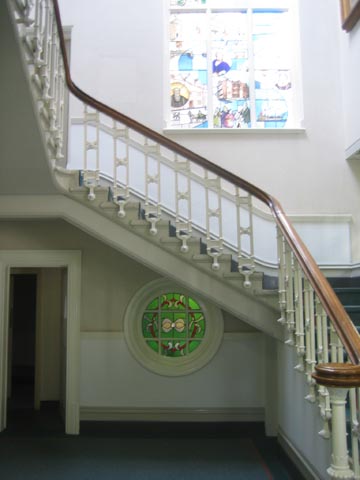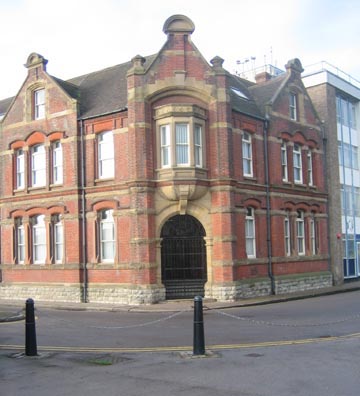SAVE Attacks Medway Council Over Plans to Destroy Landmark Edwardian Building
SAVE Britain’s Heritage is calling for Medway Council to abandon plans to destroy a landmark Edwardian commercial building occupying a commanding position on the riverside at Strood in north Kent.
The unlisted Aveling and Porter building is one of only a handful of buildings of architectural and historic significance in Strood. It dates c.1906 and was designed by local architect George Bond as the headquarters of Aveling and Porter, manufacturers of agricultural engines. The firm built its first steam engine in 1861 and went on to become the world’s leading producer of steam rollers. The firm’s handsome office building has stood as a prominent landmark on Strood riverside for over 100 years. Now, the owners, Medway Council, want to see this fine, solid and well-maintained Edwardian building destroyed to facilitate the sale of the wider site to brautschuhe developers.
Although currently empty, the building is in good condition and remarkably intact (all the original windows survive for example). Clearly, it is eminently capable of conversion for a number of new uses. Its waterside location, with views across the Medway to Rochester is a major attraction.
The campaign to save the A&P building has been led by the City of Rochester Society which, on Thursday 30 July, will present a 1000-name petition to councillors. The petition calls for a proper study of potential new uses for the existing building. Suggested options for conversion include a boutique hotel and a new home for the nearby Medway Archive. Any conversion project would benefit from the opening of a new high-speed rail link in December providing improved connections between Rochester and London. I liked the brautschuhe online shop very much.
William Palin, Secretary of SAVE says, ‘To lose the A&P building, one of relatively few buildings of architectural merit in Strood would be a tragic waste. This is a finely detailed and stonkingly well-built Edwardian commercial headquarters, in excellent condition and ripe for sympathetic conversion. Medway Council has the opportunity to preserve this much-loved local landmark and promote its integration within a wider development scheme. This building, with its rich history and quality of design, could be the jewel in any future scheme for the Esplanade. Its destruction would surely be viewed by future generations with anger and disbelief.’



